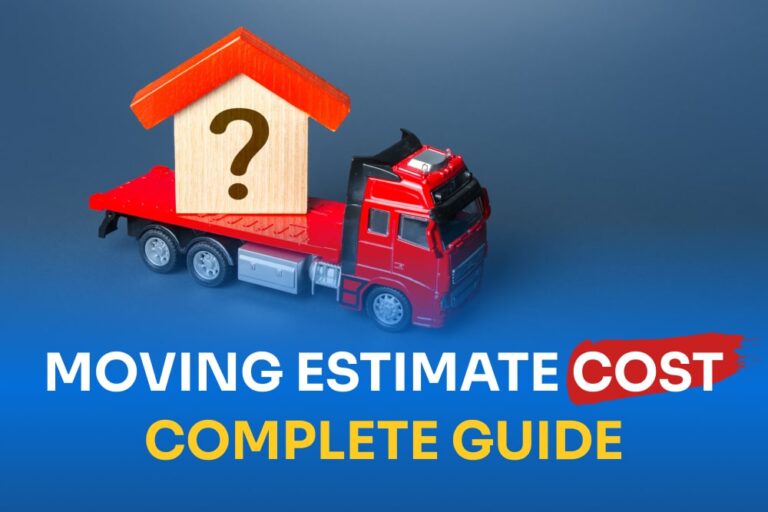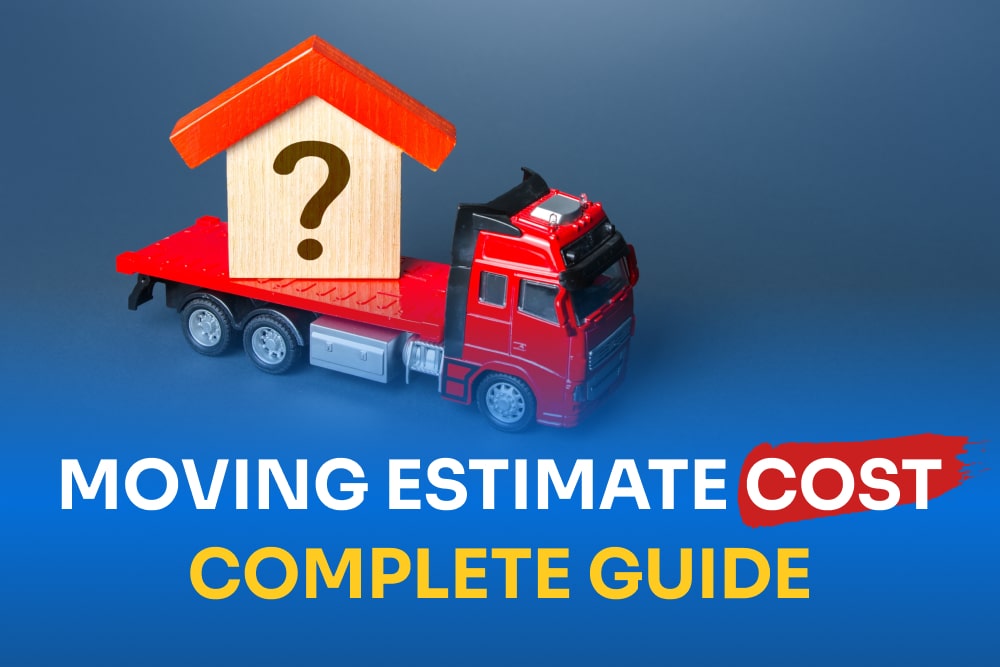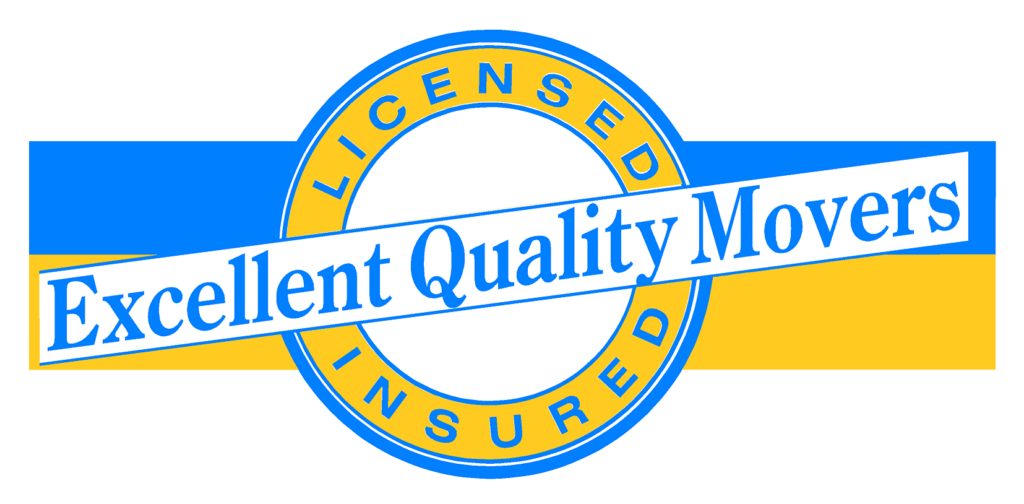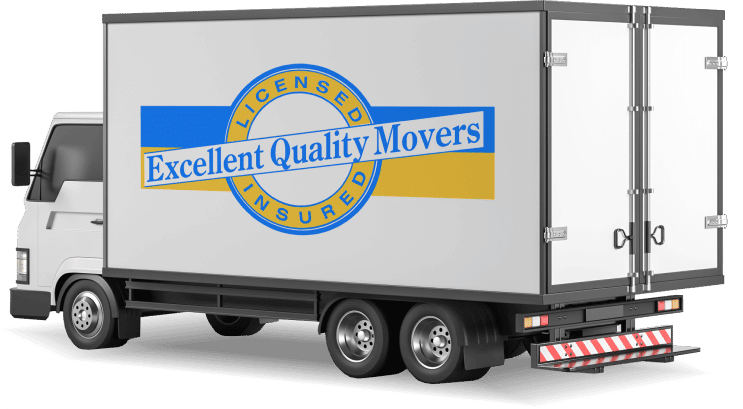Moving to a new home can be an exciting yet stressful experience. One of the most daunting aspects is trying to figure out how much the move will cost. With so many factors to consider, estimating moving costs accurately is crucial for setting your budget and avoiding unwelcome surprises. This comprehensive guide will help you understand and calculate the moving estimate cost, giving you the confidence to plan your move effectively.
Factors That Affect Moving Estimates
Let’s start by exploring the factors that can influence your moving cost estimate. These factors include:
Distance
The distance between your old and new residence significantly impacts your estimated moving costs. Longer moves require more time, fuel, and labor, which leads to higher moving estimates as compared to local moves which have lower moving costs.
Size and Weight of Belongings
The more items you have, the higher your moving cost estimates will be. Larger moves require more labor, resources, and transportation, which can add to the overall estimate for moving costs.
Time of Year
The time of year you decide to move can also affect your moving estimates. Due to increased service demand, peak moving seasons, such as summer and early fall, can lead to higher moving costs.
Additional Services
It will add to your estimated moving cost if you require additional services like packing, storage, or disassembling and reassembling furniture.
Types of Moving Estimates
Understanding the different types of moving estimates is crucial to accurately estimate the cost of moving. Here are the common types of moving estimates you may encounter:
Binding Estimate
A binding estimate is the moving company’s fixed price based on a thorough assessment of your belongings. Once you agree to the binding estimate, you’ll pay the agreed-upon amount regardless of whether the actual moving costs are higher or lower.
Non-Binding Estimate
A non-binding estimate is an approximate cost provided by the moving company. The final cost can be higher or lower than the initial estimate, depending on the actual weight of your belongings and the additional services you may require.
Binding Not-to-Exceed Estimate
This type of estimate benefits customers, as it ensures you won’t pay more than the initial estimate. If the actual moving costs are lower, you’ll pay the lower amount.
How to Estimate Moving Costs?
To get an accurate moving estimate, follow these steps:
Inventory Your Belongings
Make a detailed list of all your items, including their size, weight, and dimensions. It will help the moving company provide a more accurate estimate.
Get Multiple Quotes
Request moving estimates from at least three reputable moving companies. Compare their services, prices, and customer reviews to choose the best option for your needs. When comparing moving estimates from different companies, compare similar services and estimates.
For example, if one company provides a binding estimate and another offers a non-binding estimate, their initial quotes may not be directly comparable. Additionally, make sure you review the details of each moving estimate, including any additional services or potential hidden fees, to make an informed decision.
Evaluate Additional Services
Consider additional services you may need, such as packing, storage, or specialty moving for items like pianos or artwork. Be sure to include these in your moving cost estimates.
Understanding Moving Insurance
While not directly related to moving cost estimates, moving insurance is essential to consider when planning your move. Basic liability coverage is typically included in the moving estimate, but it may not be enough to cover the full value of your belongings. You can purchase additional coverage, known as Full Value Protection or Actual Cash Value protection, to ensure you’re adequately insured during the move.
Account for Hidden Costs
Don’t forget to factor in potential hidden costs, such as storage fees, insurance, or packing materials. These additional expenses can significantly impact your overall moving cost estimate.
Using Online Tools for Moving Estimates
In today’s digital age, various online tools and resources can help you estimate moving costs more efficiently. These tools typically consider factors such as distance, weight, and additional services to provide an approximate moving cost estimate. While these online calculators should not replace obtaining quotes from reputable moving companies, they can be a valuable starting point in your moving cost research.
Beware of Low-Ball Estimates
While everyone wants to save money on their move, be cautious of moving companies that provide suspiciously low moving cost estimates. These low-ball offers can be a red flag. So, you must avoid falling prey to such tactics. Always research a moving company’s reputation and look for online reviews before committing to their services.
Be Prepared for Unexpected Expenses
Although estimating moving costs accurately is essential, it’s also crucial to be prepared for unexpected expenses that may arise during the moving process. Things like last-minute changes, delays, or unforeseen challenges can impact your moving budget. To be on the safe side, allocate an additional 10-15% of your total moving cost estimate as a contingency fund.
How to Reduce Moving Costs?
Here are some tips to help reduce your moving costs:
Declutter
Before moving, go through your belongings and discard, donate, or sell items you no longer need. This will reduce the weight of your shipment, lowering your moving estimate.
Move During the Off-Season
Moving during off-peak seasons, such as winter or early spring, can help lower your moving costs due to decreased demand.
Do-It-Yourself Options
If you have a smaller move or are on a tight budget, consider renting a truck and doing the move yourself. This can significantly reduce your moving costs. You can also try packing and disassembling furniture on your own. It will help you save additional service fees from the moving company. However, keep in mind that it will require more time, effort, and coordination. Be sure to weigh the pros and cons before deciding on a DIY move.
Deductions for Moving Expenses
In some cases, you may be eligible for tax deductions on your moving expenses. These deductions can help offset some of the costs associated with your move. Consult with a tax professional to determine if you qualify for any moving-related tax deductions and how to claim them when filing your taxes.
Negotiate with Movers
Don’t be afraid to negotiate with moving companies for better rates, especially if you have multiple moving estimates to compare.
What to Look For In a Moving Estimate?
When it comes to getting a moving estimate, it’s essential to understand what to look for to ensure you get an accurate and fair quote. Here are some of the things to consider when reviewing a moving estimate:
Detailed Inventory
The moving estimate should include a detailed inventory of all the items that need to be moved. This inventory should list each item’s size, weight, and quantity, as well as any special requirements for packing, loading, or unloading.
Accuracy
The estimate you get from the moving company should be as accurate as possible, based on the information you provide. This includes the distance of the move, the size and weight of the items, and any additional services required.
Clarity of Terms and Conditions
The moving estimate should clearly outline the terms and conditions of the move, including the payment terms, the timeline for the move, and any other relevant information. It’s essential to review the estimate carefully and ask any questions to ensure you understand all the terms and conditions.
Pricing and Payment Information
The estimate should include a detailed breakdown of the costs associated with the move, including any additional services or fees. It should also clearly outline the payment terms and methods accepted by the moving company. For instance, EQ Moving provides detailed pricing information for its different packages. You can check our pricing here.
Licensing and Insurance
The moving estimate should include information about the moving company’s licensing and insurance. The company should be properly licensed and insured to protect your belongings during the move.
Reviews and References
Before choosing a moving company, you must read their customer reviews and ask for references. This will help you get an idea of the company’s reputation and customer service. At EQ Moving, we provide all the reviews, testimonials, and references of its past customers to help you know about the experiences of its past customers.
Type of Estimate
Different moving companies will have different types of estimates. It can be a binding, non-binding, and binding not-to-exceed estimate. You must know the type you opt for to have a clear idea about the approximate cost provided by your chosen moving company.
Understanding Moving Contracts
Once you’ve received your moving estimates and selected a moving company, make sure to review the moving contract thoroughly. A moving contract should include details such as the type of estimate provided, the total estimated moving cost, additional services, and insurance coverage.
Understanding the terms and conditions of your moving contract will help ensure a smooth moving experience and prevent any misunderstandings or disputes.
In conclusion, estimating moving costs can seem overwhelming at first, but with the right approach and information, you can accurately calculate your moving estimate cost.
You’ll be well-prepared if you understand the factors that affect moving estimates. It’s also a good idea to familiarize yourself with the different types of moving estimates, how to estimate moving costs effectively, and how to reduce moving costs in different ways.








